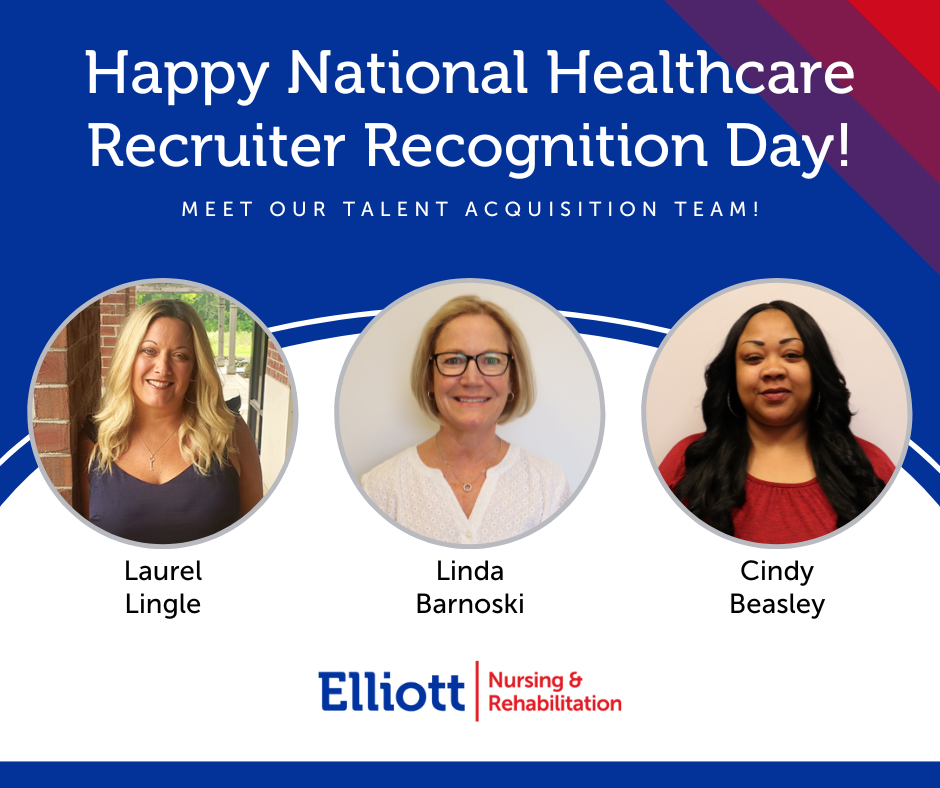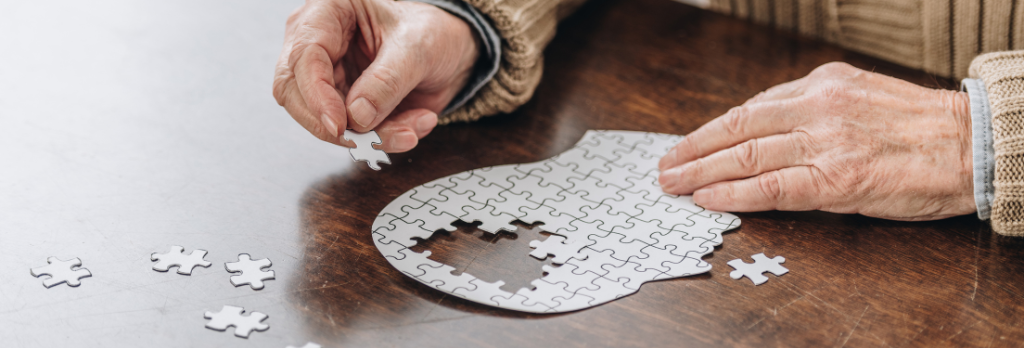People of color face discrimination when seeking health care for Alzheimer’s disease and related dementias. Findings from two national surveys conducted by the Alzheimer’s Association show that Black Americans reported the highest level of discrimination in dementia health care followed by Native Americans, Asian Americans, and Hispanic Americans.
A Special Report on Race, Ethnicity and Alzheimer’s in America pdf icon[PDF–787 KB]external icon from the Alzheimer’s Association shows these populations reported higher rates of discrimination when seeking health care than non-Hispanic White Americans:
- 50% of Black Americans.
- 42% of Native Americans.
- 34% of Asian Americans.
- 33% of Hispanic Americans.
Non-Hispanic White Americans reported discrimination at a much lower rate of 9%.
With the projected increases in Alzheimer’s disease among minority populations, it is more important to address these care inequities.
Elements of Cultural Competence
- A culturally diverse staff that reflects the population served.
- Ability to overcome language barriers, either with bilingual staff or interpreters.
- Training for providers on the cultures and languages represented in the population.
- Patient materials and practice signage that are translated and sensitive to cultural norms.
Hispanics and African Americans, for example, will see the largest increases in Alzheimer’s disease and related dementias in the future. By 2060, the number of Alzheimer’s disease cases is predicted to rise to an estimated 14 million people, with minority populations being affected the most.1
- Cases among Hispanics will increase seven times over today’s estimates.
- Cases among African Americans will increase four times over today’s estimates.
What Is a Health Disparity?
A health disparity is when a group of people experience a higher rate of illness, injury, disability, or death than another group.
Health disparities can have a profound, negative effect on entire populations or individual communities. Dementia care and support services can vary widely depending on race, ethnicity, geography, and social and economic factors. Stigma, cultural differences, awareness, and understanding about Alzheimer’s disease and related dementias can all be factors leading to health disparities. In addition, the ability for a person to get a diagnosis, manage the disease, and be able to access quality health care contribute to health disparities.
These disparities reach beyond clinical care to include uneven representation of Black, Hispanic, Asian, and Native Americans in Alzheimer’s research in clinical trials.
Alzheimer’s Caregivers Also Face Discrimination
The surveys show that among non-White caregivers, half or more say they have also faced discrimination when navigating health care settings for their care recipient. Their top concern being that providers or staff do not listen to what they are saying because of their race, color, or ethnicity. This concern was especially high among Black caregivers (42%), followed by Native American (31%), Asian American (30%), and Hispanic (28%) caregivers. Fewer than 1 in 5 White caregivers (17%) expressed this view.
Health Disparity vs. Health Care Disparity
Health disparity: a higher burden of illness, injury, disability, or mortality experienced by one group relative to another.
Health care disparity: differences between groups in health insurance coverage, access to and use of care, and quality of care.
Both: differences that are not explained by variations in health needs, patient preferences or treatment recommendations and are closely linked with social, economic and/or environmental disadvantage.
Lack of Diversity Among Health Care Staff Creates Barriers
Understanding how different racial and ethnic groups view, access, and experience health care is critical to improving the health care system and helping health providers care for an increasingly diverse population. It is projected that people of color will account for over half (52%) of the population in 2050.
Characteristics of health care systems that contribute to disparities should be acknowledged. These include implicit bias on the part of health care providers. Cultural and language barriers can also hinder patient-provider relationships.
Minority Populations Desire Health Care Providers Who Understand Their Ethnic or Racial Background
Given their own experiences with discrimination, it is not surprising that non-White racial/ethnic populations feel it is important for Alzheimer’s and dementia care providers to be more culturally competent. Responses from surveys indicate a strong desire for dementia health care providers who understand different racial and ethnic backgrounds, but many survey respondents say access to these providers is lacking.
As shown in the graphic from the Alzheimer’s Association Special Report, 92% of Native Americans say they want dementia health care providers who understand their ethnic background, yet only 47% have confidence they currently have access to them. Black Americans, Hispanic Americans, and Asian Americans felt similar.
Graphic used with permission from the Alzheimer’s Association, 2021 Alzheimer’s Disease Facts and Figures, Special Report: Race, Ethnicity and Alzheimer’s in America pdf icon[PDF–787 KB]external icon. Accessed March 31, 2021.
A Path Forward—Bridging Racial and Ethnic Barriers in Alzheimer’s and Dementia Care
Findings from the Alzheimer’s Association surveys indicate that, despite ongoing efforts to address health and health care disparities in Alzheimer’s and dementia care, there is still much work to do.
Based on the surveys’ findings, paths forward should address three areas:
- Preparing the workforce to care for a racially and ethnically diverse older adult population.
- This includes cultural competence education, and training providers to recognize and overcome implicit bias. (See sidebar: Elements of Cultural Competence)
- Increasing diversity among providers for dementia care.
- Currently, only 1 in 3 US physicians are Black, American Indian or Alaska Native, Hispanic, or Asian. Primary care is more diverse with approximately 40% of physicians coming from diverse racial and ethnic backgrounds. Ensuring diversity in these frontline providers may help reduce future disparities in dementia care. Developing a workforce that reflects the demographics of individuals with Alzheimer’s disease or other dementias should begin during outreach and recruitment to training programs, continue with programming designed to support racially and ethnically diverse students during their training years, and extend to offering residency opportunities in health care settings that treat diverse populations. In addition, hiring practices should consider diversity and inclusion to meet the needs of local patient populations.
- Engaging, recruiting, and retaining diverse populations in Alzheimer’s research and clinical trials.
- A critical first step to increase diverse participation and representation in clinical research is building and restoring trust in underrepresented communities. One way to do so is through community-based organizations and other respected local partners. The Healthy Brain Initiative State and Local Public Health Partnerships to Address Dementia: 2018–2023 Road Map, launched in partnership with the Alzheimer’s Association and the Centers for Disease Control and Prevention (CDC), is organized around a core principle of “eliminating disparities and collaborating across multiple sectors.”
To learn more, please visit https://www.cdc.gov/aging/publications/features/barriers-to-equity-in-alzheimers-dementia-care/index.html.







